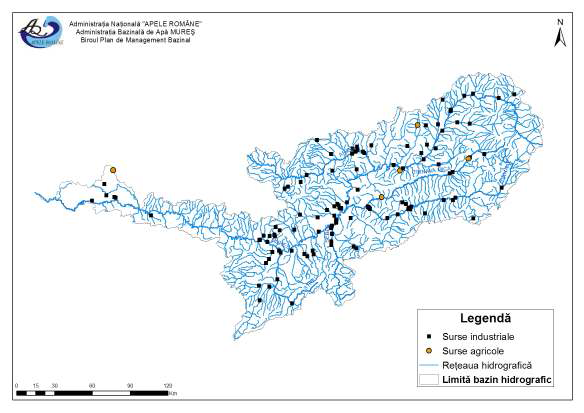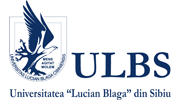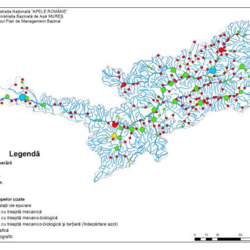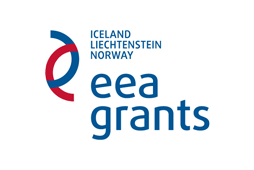SIDPOP Project Context
The persistent organic pollutants are organic compounds of natural or man-made origin, with toxic properties, resilient to degradation that accumulate in living organisms and are deposited far away from their original location and accumulate in terrestrial and aquatic ecosystems. The persistent organic pollutants present long term risks due to the adverse effects on human health and on the environment.
In Europe, a large part of the generically named persistent organic pollutants (or POPs) are regulated from the point of view of environmental emissions, management at the production site and trade, distribution, use and elimination chain by very strict rules, The Stockholm Convention on Persistent Organic Pollutants was ratified by Romania through Law 261/ 2004.
These substances include dioxins, furans, polychlorinated biphenyls (PCB), a number of pesticides such as endrin, dieldrin, toxaphene, mirex, aldrin, chlordane, heptachlor, hexachlorobenzene (HCB) and dichlorodiphenyltrichloroethane (DDT), with particularly harmful effects on human health as well as appearance or aggravation chronic diseases, cancers in humans, resulting in fetal malformations and, when exposed to high doses, death.
In spite of their production being forbidden on the European Union territory, part of the unused stocks were used after the adoption of the Stockholm Convention as well, adding to the historical pollution with this type of substances already present in agricultural terrains, in the ground and surface water bodies, the POPs having, as their name indicates, a long persistency in the environment, scientific studies mentioning for some of them a persistency of 10-15 years in natural conditions.
Presently, in Romania, due to large analysis costs, the persistent organic pollutants are seldom and only punctually analyzed, so efforts are required to create a data base reflecting the correct situation of the POP pollution.
The SIDPOP project - Support Instrument for Decision-making in Persistent Organic Pollutants management. Case study: Mureș River catchment area is meeting the previously identified need by generating the necessary know-how and analysis methods for field tests and lab tests replicable at national level. Also, one of the project's outcome will be the creation of a completely functional laboratory equipped at the highest standards for the analysis of the hazardous substances in the aquatic environment, in animals and in humans.
The Mureș River catchment area was selected for this project for its large diversity of relief forms, high density of its tributaries as well as for the presence within its boundaries of 85% of the Romanian fish fauna, and the large variety of human activities and land use: cities and rural settlements, types of agricultural practices and crops, types of industrial activities, etc.) in order for the project results to be as relevant and replicable as possible.
Image 1. Map of Mures catchement area

(Source: http://www.arcgis.ro/tiny_mce/plugins/imagemanager/files/Harta_bazin_Mures.jpg)
The catchment area spreads over the territory of 12 counties, the largest surfaces being included in the Alba, Arad, Cluj, Harghita, Hunedoara, Mureș and Sibiu counties, a smaller ratio belonging to the Brașov, Covasna, Bihor, Bistrița-Năsăud and Timiș counties (the last three counties without any settlements in Mureș River catchment area).
The pollution sources identified by the Catchment Area Administration and the Environment Protection Agencies in the area are numerous and varied.
The hot spots of pollution vary from household waste waters and sewage discharged directly into the Mureș and his tributaries (containing, among others, pesticides, insecticides, detergents, flame retardants, pharmaceutical substances, etc.) and non-compliant waste water treatment plants effluents to potential pollution sources from activities such as animal husbandry, meat and dairy processing plants, historical pollution generated by the metal and chemical processing industry, mining activities, furniture manufacturing plants and wood processing facilities, ferrous and non-ferrous ores extraction and processing.
The diffuse sources are represented, on one hand, by the settlements lacking sewage facilities present in the catchment area, and on the other hand, by the historical and present day use of fertilizers, and particularly of pesticides and insecticides on large agricultural surfaces, the largest quantities of fertilizers being recorded for the Alba county while the largest quantities of pesticides are recorded for Alba, Harghita and Arad counties (according to the Mureș Catchment Area Management Plan for 2015 quoting data from the Agricultural and Rural Development County Directions.
Image 2. The localities from the Mureș catchment area and the type of waste water treatment they employ, according to the Mureș Catchment Area Management Plan 2015
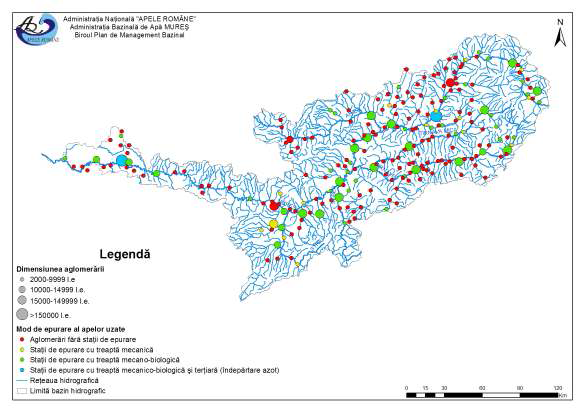
Image 3. Hot spots of pollution in the Mureș River catchment area according to the Mureș Catchment Area Management Plan 2015
